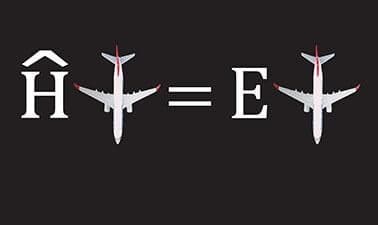PurdueX: From Atoms to Materials: Predictive Theory and Simulations

- Duration
- 10 weeks
- Price Value
- $ 49
- Difficulty Level
- Advanced


Offered by PurdueX
Welcome to an exciting and comprehensive journey into the world of materials science at the atomic level! This advanced course presents a unified framework for understanding the fundamental physics that govern materials at atomic scales and how these processes relate to the macroscopic world. Over five units, you'll delve deep into quantum mechanics, electronic structures, atomic motion, and statistical mechanics, all while using cutting-edge online simulations to apply your knowledge to real-world materials and properties.
This course is ideal for advanced students and professionals in engineering, physical sciences, or related fields who want to deepen their understanding of materials science at the atomic level. It's particularly suitable for those interested in nanotechnology, materials engineering, or computational physics who wish to gain practical skills in modern simulation techniques.
Unit 1: Quantum Mechanics and Electronic Structure
Unit 2: Electronic Structure and Bonding of Molecules and Crystals
Unit 3: Dynamics of Atoms: Classical Mechanics and MD Simulations
Unit 4: Connecting Atomic Processes to the Macroscopic World – Vibrations, Optical, and Dielectric Response, Thermo-mechanical Properties
Unit 5: Advanced Topics and Case Studies. Density functional theory; reactive molecular dynamics, and more.
Explore more courses to enhance your cloud computing and Kubernetes skills.

The course provides an introduction to the use of path integral methods in atomistic simulations.
The course covers the basic theory, as well as some relatively advanced topics - how to accelerate path integral simulations, and how to extract approximate quantum dynamics and reaction rates. It combines recorded lectures, written notes and hands-on tutorials using research software. It targets primarily graduate students with a basic understanding of the problems inherent in atomic-scale modeling, but could also be useful to undergraduate students interested in doing a research project on the topic.

The primary goal of the course is to enable the student to understand what semiconductors are, and why they are important to the electronics industry. Students will first learn and understand why some materials are insulators and others are conductors, and will learn how these properties can be modified. The course also explores other situations where the conductivity of an insulator can be drastically changed, such as the situation inside a bolt of lightning or inside a semiconductor.